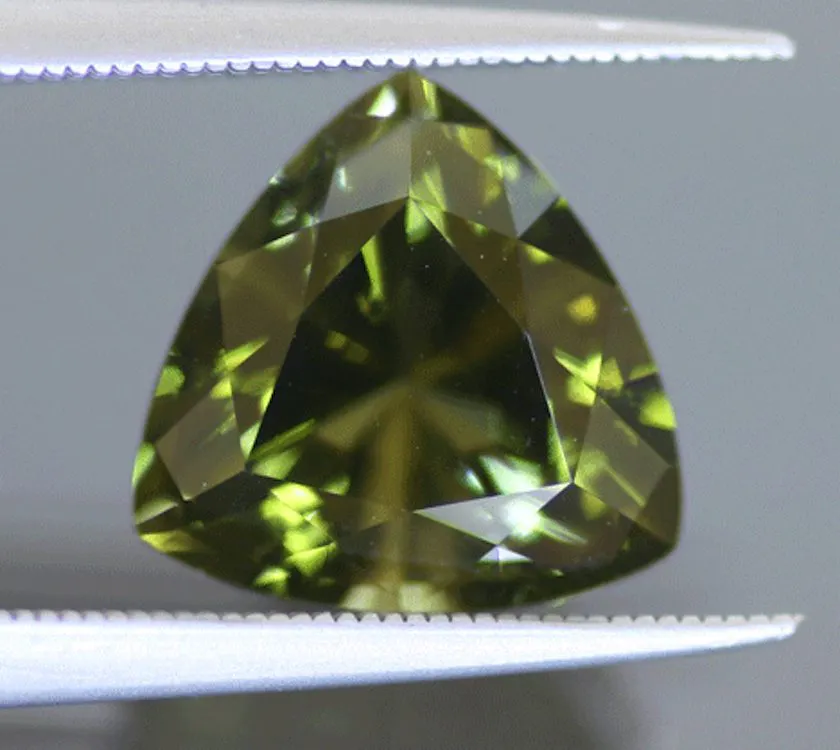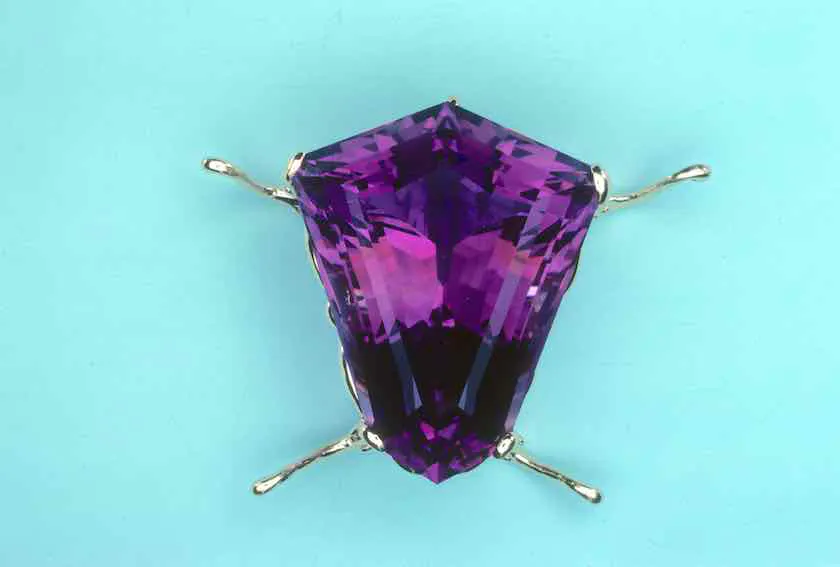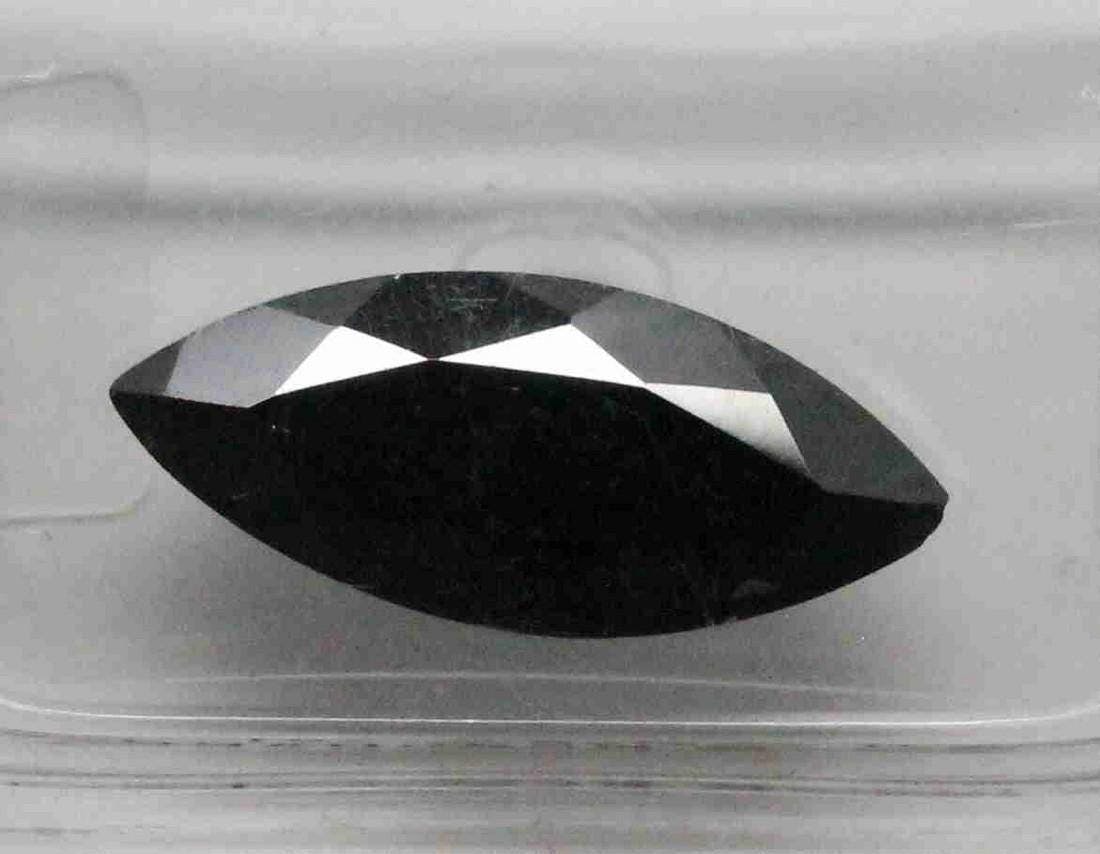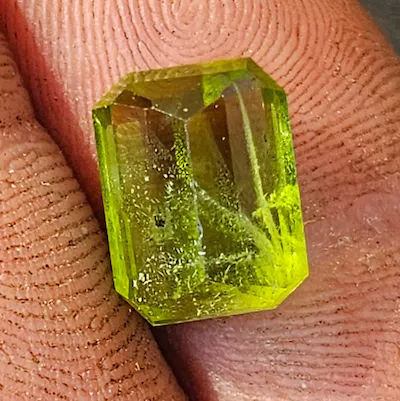Information about Gemstone Necklaces, News
Why Are Pearls So Valuable? Here’s What You Need to Know
Exuding opulence and sophistication, pearls encompass a realm of luxury. Timelessly captivating and of immense value, pearls hold an allure like no other. Yet, what distinguishes them with such uniqueness? Join us in an exploration of the extraordinary realm of these exquisite gems, unveiling their captivating allure and significance on the Melogems brand page.
Pearls are unique and rare. Unlike other gems that are mined, they form within living organisms – oysters and mollusks. This natural creation gives each pearl its own shape, size, color and luster. So, they’re organic gemstones, created by living creatures, not geological forces.
The most rare and precious pearls are natural. They form when an irritant – like a grain of sand – gets stuck in an oyster or mollusk. The organism secretes layers of nacre – made of calcium carbonate and protein – around the irritant. The longer it takes for the pearl to form, the bigger it’ll be, and the higher quality it’ll have.
Cultured pearls are made with human help. Farmers insert small beads or tissue grafts into oysters to start the pearl-making process. Although these aren’t 100% natural, they’re still valuable, due to their similar characteristics and the hard work of cultivation.
When evaluating a pearl’s value, experts consider size, shape, color, surface quality, luster and symmetry. Bigger, rounder, smoother pearls with a beautiful luster will fetch higher prices. White and cream-colored pearls are classics, but black and golden ones also have their charm.
Pro Tip: When buying pearls, make sure they’re genuine by relying on reputable jewelers or doing thorough research. This way, your investment in these magnificent gems will be rewarding and real.
The History of Pearls
Pearls have been captivating people for centuries with their special beauty and elegance. Ancient Egyptians and Romans treasured them for their symbol of wealth and power. They were often worn by royalty and nobility to signify status and prestige. The discovery of natural pearl oysters in the Persian Gulf made them even more popular.
During the Renaissance, pearls were a fashion statement. Queen Elizabeth I adorned herself with lavish necklaces and garments studded with these precious gems. Natural pearls were scarce and expensive, only accessible to the elite.
In the early 20th century, Japan changed the pearl industry. Kokichi Mikimoto developed a technique to artificially stimulate pearl oysters. This made pearls more accessible and popular among all social classes.
Today, pearls are still used in luxury jewelry. Cultured pearls are produced in many countries, each offering its own unique characteristics. Natural pearls remain rare and valuable, while cultured pearls are more affordable.
The captivating history of pearls is a reminder of their significance in culture and fashion. From ancient civilizations to modern innovations, pearls have overcome obstacles to be appreciated today. Their beauty and timeless appeal will ensure they are forever cherished.
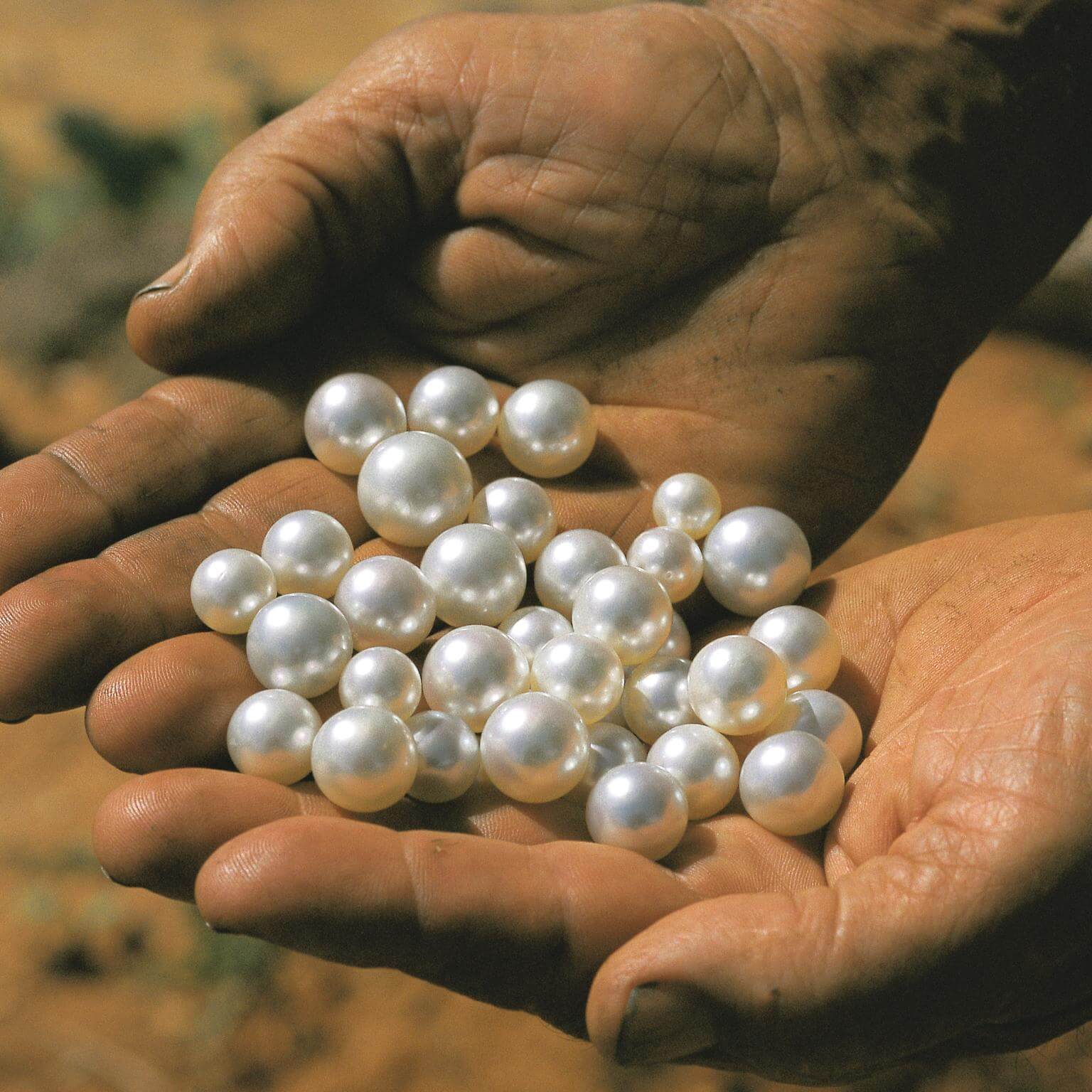
The Rarity of Pearls
Pearls are highly prized and sought after due to their scarcity. This rarity contributes significantly to their value in the market.
The Rarity of Pearls:
Factors that influence rarity include natural occurrence, cultivation limitations and quality and size. Natural pearls are extremely rare, as they form when an irritant enters a mollusk and triggers nacre secretion. Cultured pearls, however, are relatively more common, yet still rare. Quality and size also play a role, with large, high-quality pearls with excellent luster and minimal imperfections commanding higher prices.
Additionally, certain types of pearls have distinctive characteristics, making them even more scarce. For example, black pearls from Tahiti are known for their rich hues and larger size. The Conch pearl is exceptionally rare due to its limited occurrence in the Queen Conch.
Did you know La Peregrina is one of the most famous pearl stories? This pear-shaped pearl’s history dates back centuries and was first uncovered in Panama in the 16th century. It has become part of several royal collections, including Spanish queens. In 2011, it was auctioned for an astonishing $11 million, illustrating its exceptional rarity.
Learn more about the Melo Melo pearl ring with Melogems!
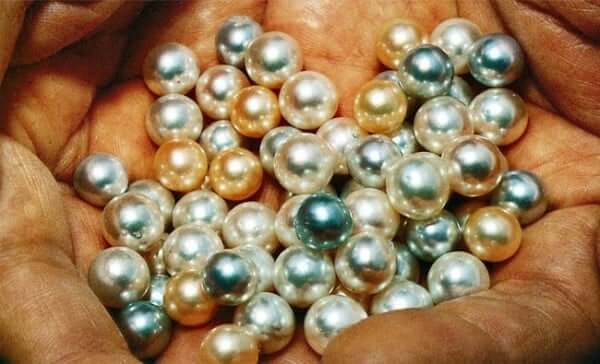
The Different Types of Pearls
Pearls come in many types, with each having its own unique characteristics and value. Let’s take a look at the different types!
Natural Pearls: These are formed organically within mollusks without any human help. They’re rare and highly valued due to their scarcity. Examples: Basra pearls from the Persian Gulf, natural Tahitian pearls, natural freshwater pearls.
Cultured Pearls: These are created with human intervention, by inserting an irritant into the mollusk and letting it form a pearl around it. They are more abundant than natural ones but can still be valuable, depending on their quality. Examples: Akoya pearls from Japan, South Sea cultured pearls, Chinese freshwater cultured pearls.
Saltwater Pearls: Formed in oceans or saltwater environments, these have higher luster and better quality compared to freshwater pearls. Examples: South Sea cultured pearls, Tahitian cultured black pearls.
Freshwater Pearls: Formed in non-saline waters like rivers and lakes, these come in various shapes, sizes, and colors, and are known for their affordability. Examples: Chinese freshwater cultured pearls, Biwa pearls from Lake Biwa in Japan.
Baroque Pearls: These have irregular shapes, rather than the traditional round shape. Collectors love them for their artistic appeal. Examples: Keshi pearls, coin-shaped pearls.
Did you know that in the 19th century, a woman named Jeanne Calment was gifted a pink-white drop-shaped pearl necklace? It contained a natural pearl estimated to be over 5,000 years old – an incredible rarity! This pearl necklace was sold for a huge sum at an auction, showing the immense value of pearls in luxury and history.
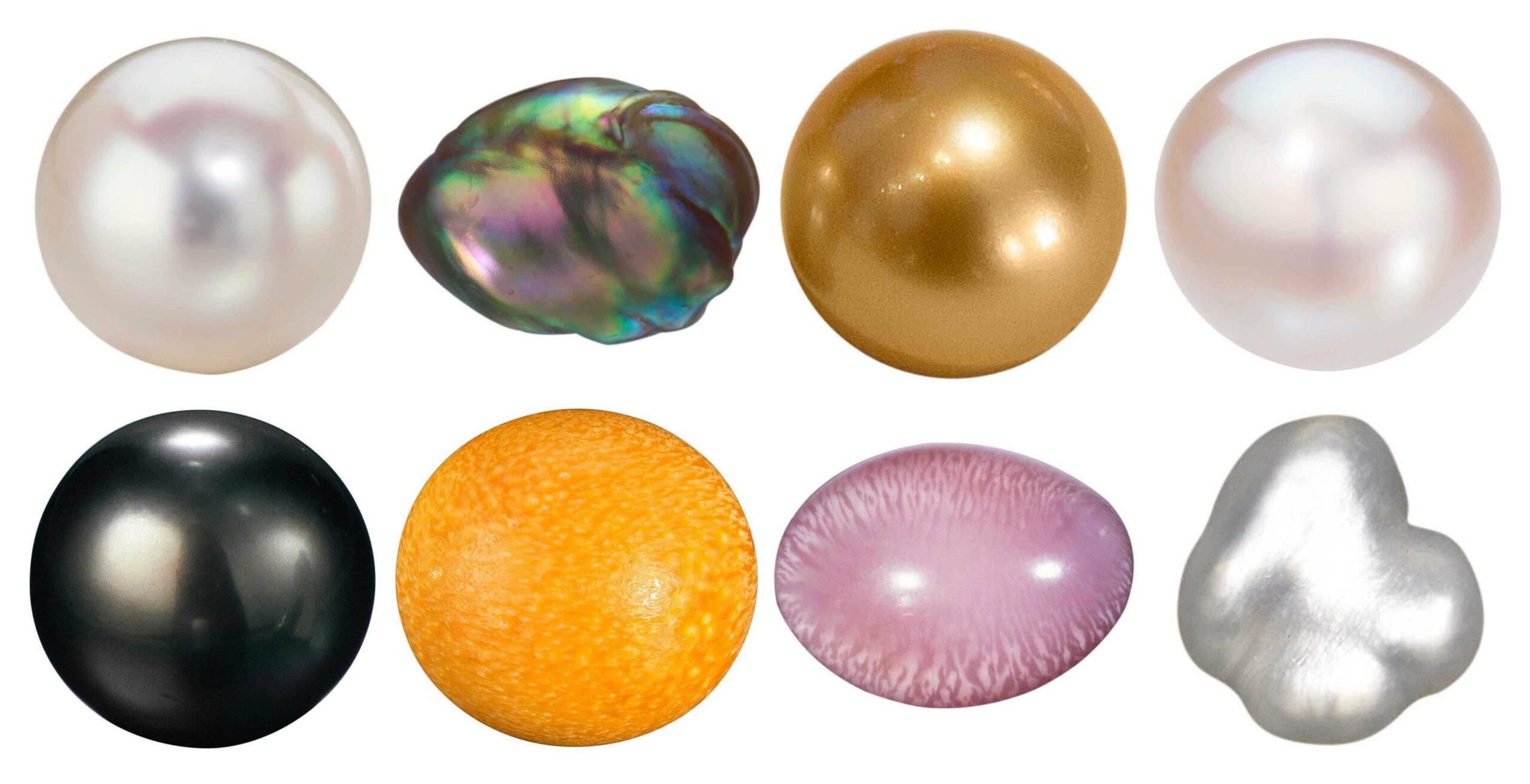
Factors that Affect Pearl Value
Pearls, renowned for their elegance and rarity, come with a hefty price tag. Comprehending the factors that determine their worth is essential for buyers and sellers. Let’s take a look at what you should know.
Factors That Influence Pearl Value:
- Size: Usually, larger pearls are more expensive due to their scarcity.
- Shape: Pearls come in many shapes like round, oval, drop, or baroque. Round pearls are the most sought-after and thus hold a greater value.
- Color: Pearl shades vary from white to black, with additional hues including pink, peach, and lavender. Rarer tints usually cost more.
- Luster: Luster is the gleam and brilliance of a pearl’s surface. Pearls with high luster are more valuable.
- Surface Quality: Imperfections on the pearl’s surface influence its worth. Pearls with fewer imperfections are more attractive.
- Origin: Different regions produce pearls of different quality and rarity. For example, Tahitian pearls from French Polynesia or golden South Sea pearls from Australia are highly prized.
Exploring these distinguishing features of pearl valuation makes it clear why these gems are so coveted in the jewelry industry.
In conclusion, whether you’re a pearl enthusiast wanting to acquire them or just curious about their worth, understanding these factors will help you make informed decisions and make sure you don’t miss out on getting a truly exquisite piece of nature’s beauty.
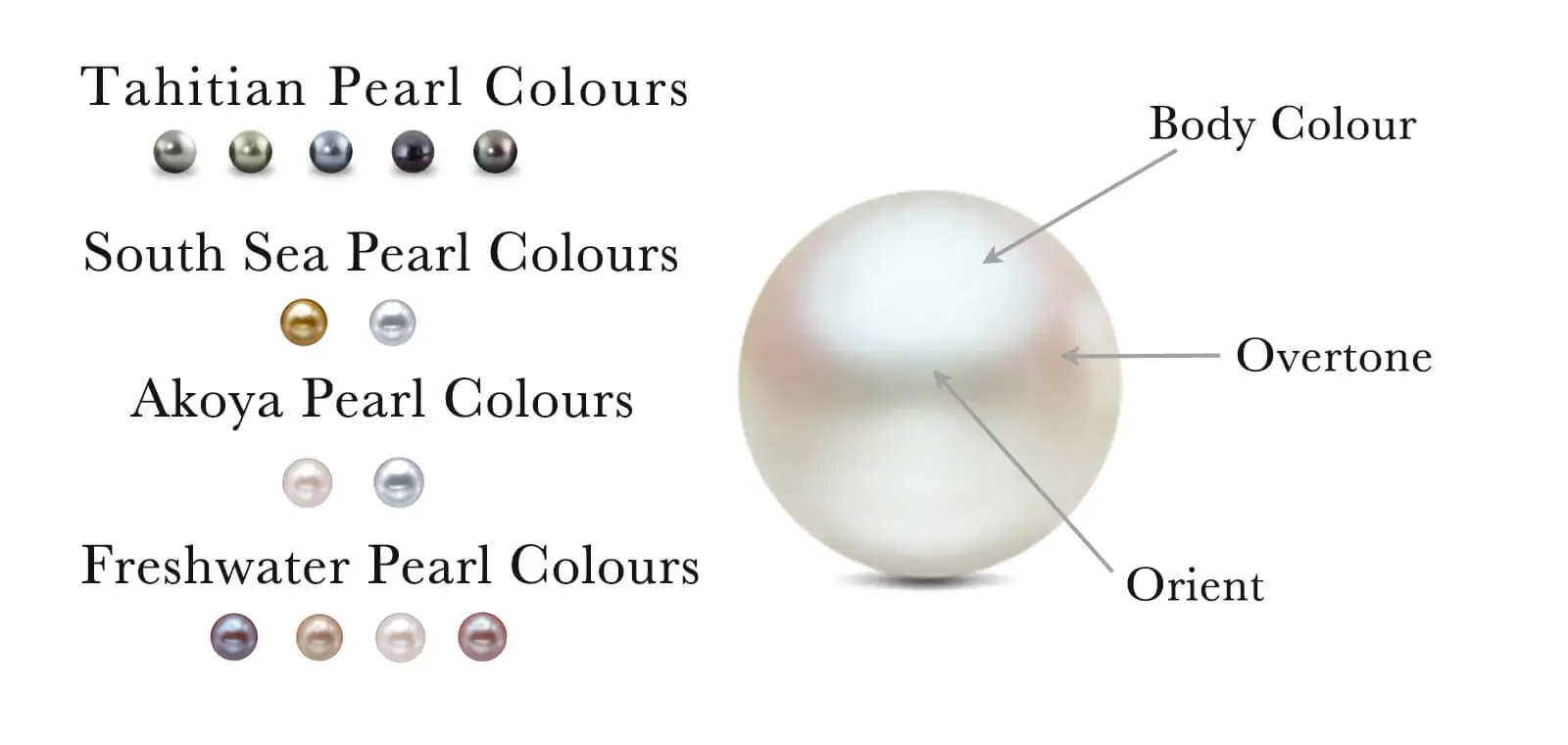
Famous Pearls in History
Pearls have entranced people throughout history, due to their beauty and value. Let’s explore some of the most famous pearls!
La Peregrina is one of the most renowned. It was found in Panama in the 16th century and given to Queen Mary I of England, and later to Richard Burton who gifted it to Elizabeth Taylor. This exquisite pearl is pear-shaped and of exceptional size.
The Hope Pearl is another remarkable one. Named after Henry Philip Hope, it has a blue-gray hue and weighs 450 carats. Its unique color adds to its allure.
The Arco Valley Pearl was discovered in California’s Clear Lake during the late 1800s. It has a lustrous silver sheen and is greatly admired by collectors.
The Hope Pearl has an interesting story. It is said to have been part of Marie Antoinette‘s tiara when she tried to escape France during the French Revolution. It was passed through generations before Henry Philip Hope recognized its beauty and craftsmanship.
Explore How to Wear a Pearl Necklace Casually from Melogems!
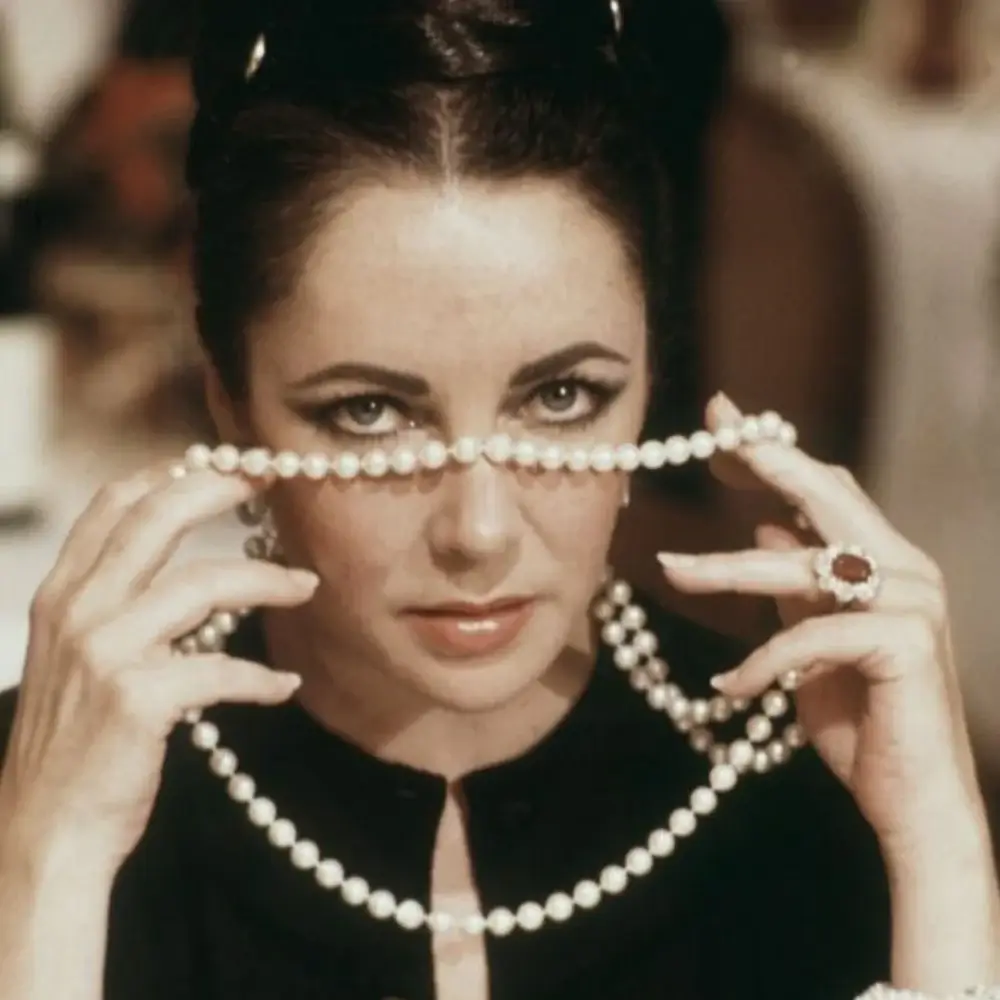
Pearls in Fashion and Jewelry
Pearls are highly valued for many reasons, especially in fashion and jewelry. For centuries, pearls have been used to adorn necklaces, bracelets, earrings, and other accessories, symbolizing sophistication and elegance.
Fashion: Pearl-embellished clothing items, cultured pearl buttons on garments.
Jewelry: Pearl necklaces with diamond clasps, pearl drop earrings with gold accents.
Pearls possess unique qualities that add to their value. They are the only gemstones formed within a living organism, making them truly organic gems. Each pearl can have different shapes, sizes, colors, and luster due to factors such as oyster species and environmental conditions.
The largest pearl ever discovered is “The Pearl of Allah” or “Lao Tzu Pearl”. It was found off the coast of Palawan Island in the Philippines and weighs a whopping 14.1 pounds!
Source: National Geographic
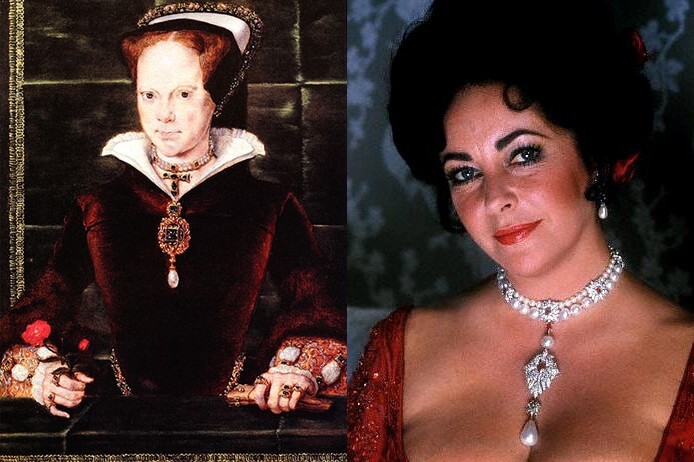
How to Care for Pearls
Pearls are precious gems and require special care. Here’s how to take care of them:
- Store in a soft pouch or lined jewelry box. This will protect them from scratches and harsh chemicals.
- Don’t wear them with perfumes, lotions or hairsprays. These can damage their surface and cause discoloration.
- Wipe with a soft cloth after each wear to remove residue. Avoid harsh cleaners or anything that could scratch or dull the pearls.
- Have them restrung if the thread weakens. Get a professional to do it.
- Be gentle when wearing them. Remove them for vigorous activities.
- Have them inspected by a professional jeweler annually.
Pearls love skin contact, absorbing moisture that keeps them radiant. If you’re not sure how to clean or care for them, consult a pearl jewelry specialist. With proper care, your pearls will stay beautiful for generations!
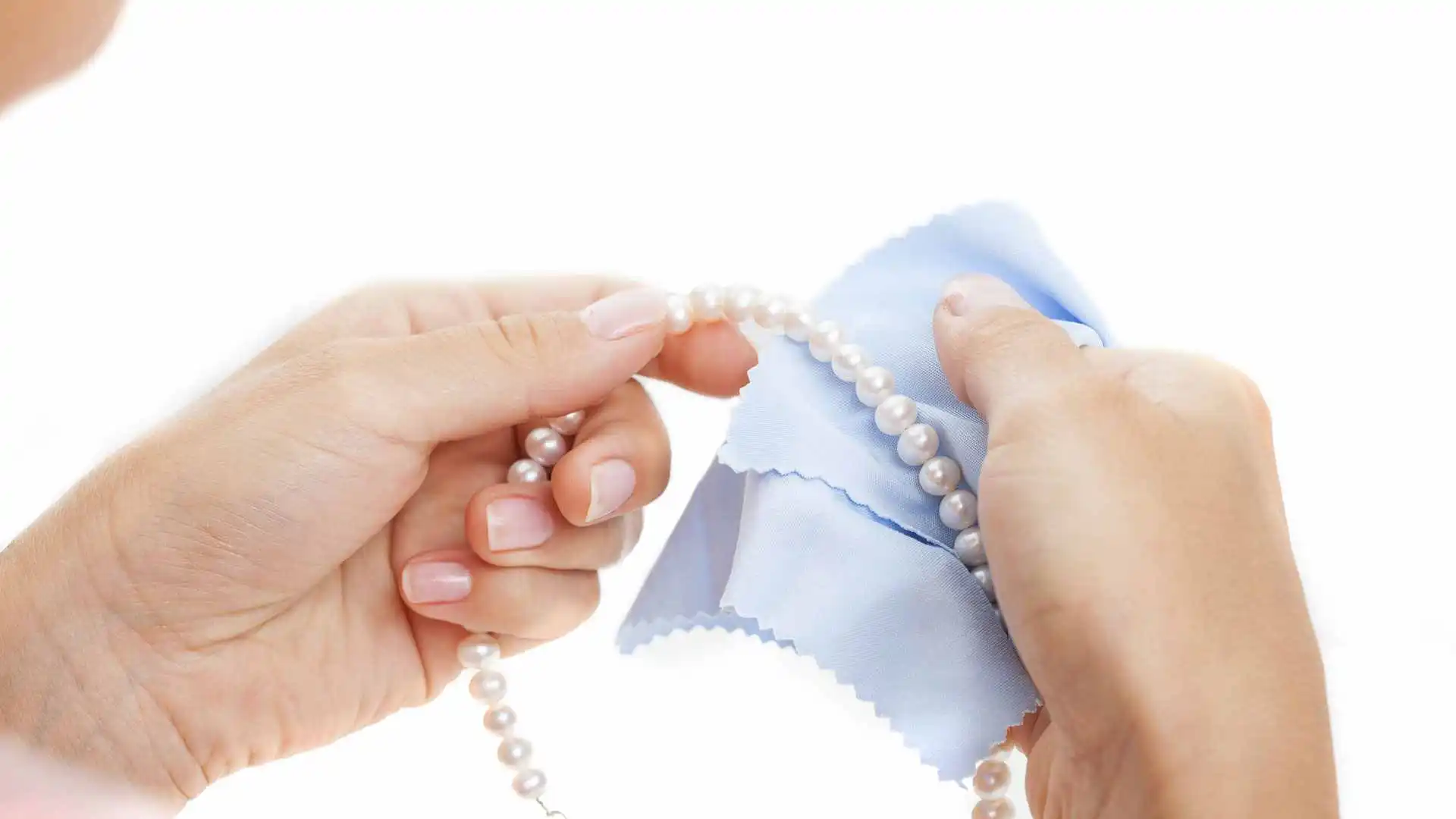
The Future of Pearl Industry
The pearl industry is transforming in a fascinating way. As consumers become more aware of ethical and sustainable practices, the future of pearls looks bright with creativity and innovation. Pearl cultivation is advancing, to ensure a steady supply without damaging natural habitats.
One factor driving the pearl industry is the increasing demand for eco-friendly products. Pearl production requires minimal processing and mining, making them more eco-friendly than other gems. This trend is likely to cause a rise in popularity and value for pearls.
Advances in cultivation techniques are also improving the pearl industry. Scientists and researchers are finding new ways to improve the quality, size, and color of cultivated pearls. Through breeding, hybridization, and genetic manipulation, they are able to create extraordinary pearls that match natural ones.
Technology is being incorporated too. Drones monitor oyster health and imaging systems assess pearl quality. Technology is changing every aspect of the process, enhancing efficiency and ensuring pearls meet high standards of beauty.
Pro Tip: When buying pearls, pick certified sources that follow ethical practices and support environmental sustainability. This way you can enjoy the beauty of pearls while contributing to a better future for the pearl industry.
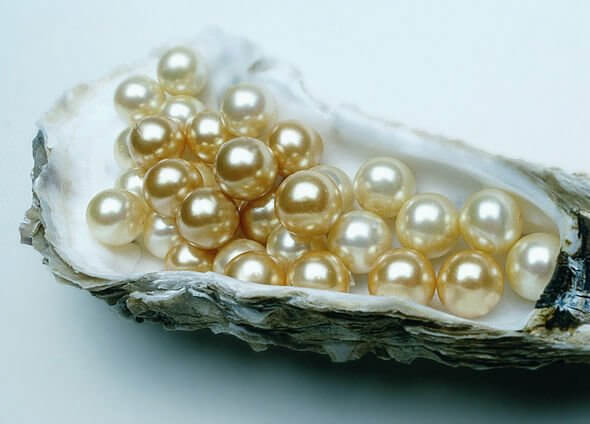
Conclusion
Pearls have captivated people for ages with their beauty and rarity. Not just their looks, but the laborious process of creation makes them valuable too. Oysters’ ability to turn a tiny irritant into a gem is remarkable!
Undamaged pearls are highly prized because of their rarity. A pearl is formed when an irritant like a small grain of sand enters an oyster or mollusk. The oyster then secretes layers of nacre around it and gradually creates a pearl.
Size, shape, hue and luster of pearls determine their value. Larger pearls with symmetric shapes and bright colors are in great demand. Pearls with exceptional colors such as black, golden or pink are particularly valued.
Moreover, the time-consuming practice of cultivating cultured pearls adds to their worth. Man-made irritants are introduced in oysters during cultured pearl production, similar to the natural formation process. This method ensures pearls of superior quality.
Pro Tip: Natural pearls are pricier due to their scarcity. Cultured pearls, however, are more affordable yet elegant. When buying pearls, consider factors such as size, shape, color consistency and surface quality to assess their value.
Frequently Asked Questions
Q: Why are pearls so valuable?
A: Pearls are considered valuable due to their rarity, natural beauty, and the labor-intensive process required to cultivate them. Additionally, pearls have been highly valued throughout history and are often associated with elegance and luxury.
Q: Are all pearls valuable?
A: Not all pearls are valuable. The value of a pearl depends on various factors such as its size, shape, color, luster, surface quality, and origin. Naturally occurring pearls and those with exceptional qualities are generally more valuable.
Q: Do cultured pearls have value?
A: Yes, cultured pearls have value. Cultured pearls are formed with human intervention by inserting a nucleus or irritant into an oyster or mussel. Although they are not naturally occurring, cultured pearls are still highly treasured and can be quite valuable depending on their quality.
Q: What factors affect the value of a pearl?
A: Several factors influence the value of a pearl. These include its size (larger pearls are generally more valuable), shape (symmetrical shapes such as round or teardrop are highly valued), color (rare colors like black or pink are more sought after), luster (the depth and brilliance of the pearl’s glow), surface quality (smoothness and absence of blemishes), and origin (pearls from certain regions like Tahiti or South Sea are esteemed).
Q: Can pearls appreciate in value over time?
A: Yes, pearls can appreciate in value over time. Fine quality pearls are regarded as investments and their value can increase with time, especially if they possess exceptional characteristics. Additionally, vintage or antique pearls may have higher value due to their age and rarity.
Q: How can I determine the value of my pearls?
A: To determine the value of your pearls, it is best to consult with a reputable jeweler or appraiser who specializes in pearls. They will examine the pearls based on various factors such as size, quality, and origin, and provide an accurate assessment of their value.

